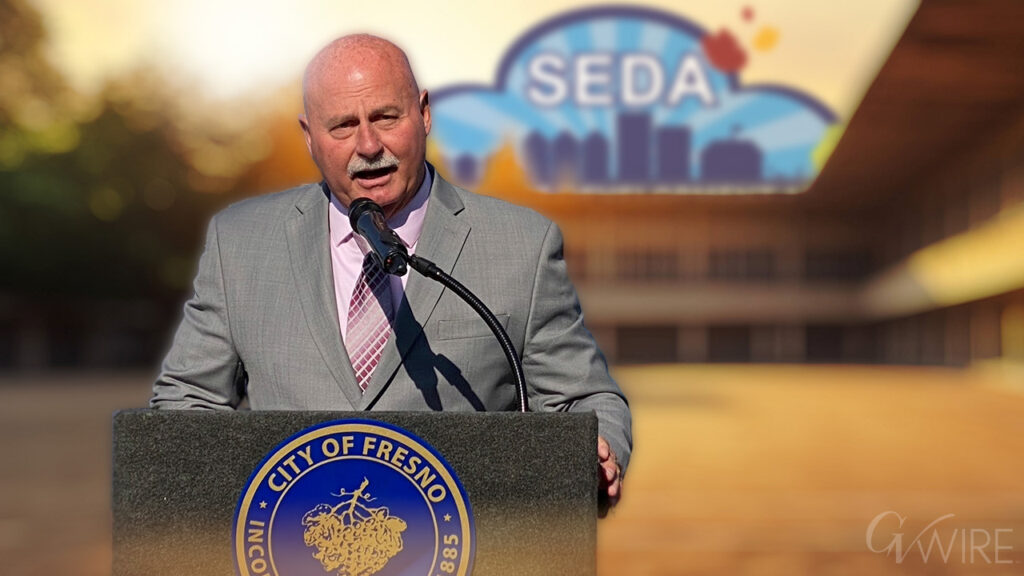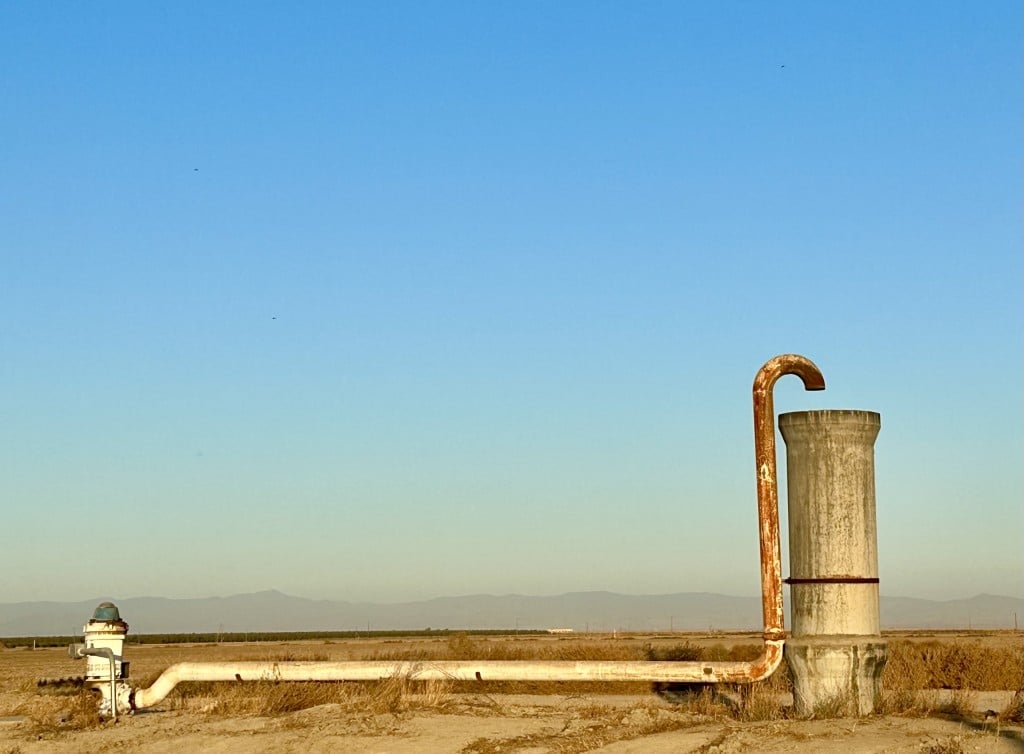Share
|
Getting your Trinity Audio player ready...
|
It’s hard for many people to comprehend water measurements such as acre-feet and cubic feet per second.
But there’s one measurement everyone can understand regarding the precipitation that fell in California between Dec. 26 and this past Tuesday.
That measurement is the simple gallon.
According to NOAA, the parade of atmospheric rivers pummeling California during that time dropped nearly 33 trillion gallons of precipitation.
You’re forgiven if 33 trillion is a number that’s hard to imagine. However, it might be time for all of us to get our arms around that big number. After all, the U.S. federal debt is now at $31.4 trillion — and counting.

Less Than 1% of the State in Extreme or Exceptional Drought
The downpours came with a steep cost: at least 20 deaths, and thousands of homes, buildings, and roadways damaged.
But thanks to the storms, less than 1% of California is in extreme or exceptional drought. That compares to a week ago when about 25% was in extreme or exceptional drought.
Moreover, the drought outlook through April 30 indicates that the drought will end in some parts of the state. Still, the drought will persist in a majority of California.
According to the experts, it will take several seasons of 120% to 200% normal rainfall and snowpack to end the drought in the southwestern United States.
Time-lapse video from Yosemite National Park’s “Half Dome” webcam shows snow accumulations burying the camera from Dec. 26, 2022, to Jan. 15, 2023: pic.twitter.com/scLYflJAdH
— AccuWeather (@accuweather) January 18, 2023

RELATED TOPICS:
Categories



















